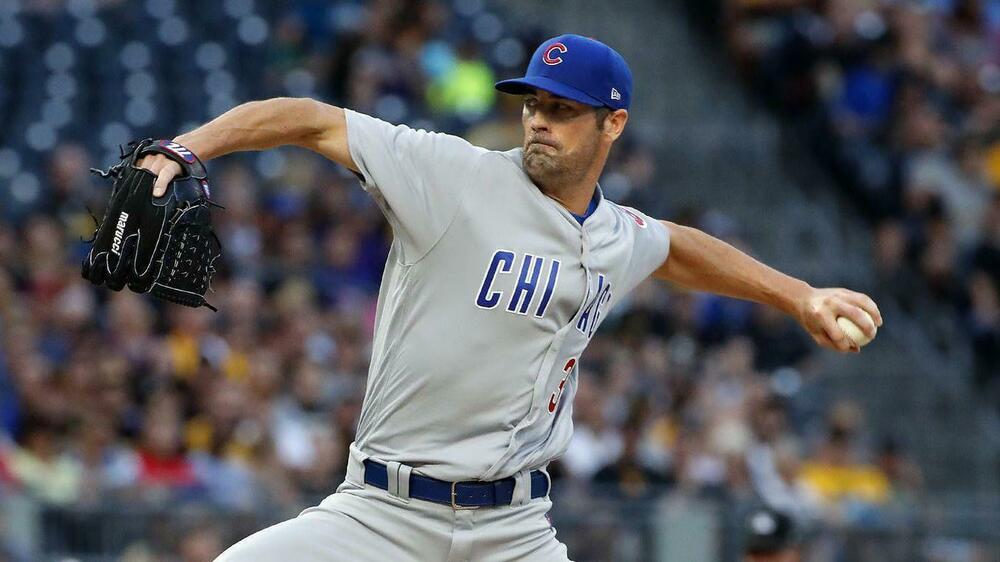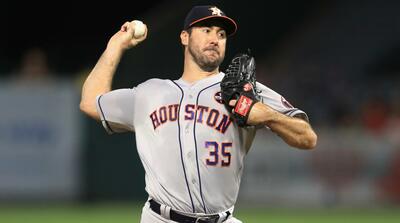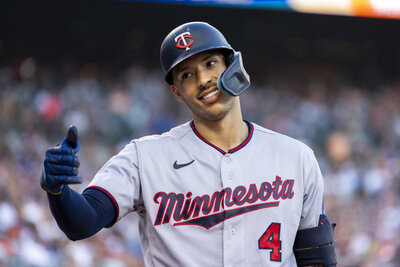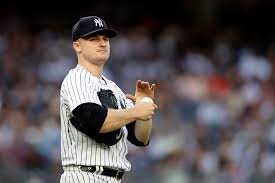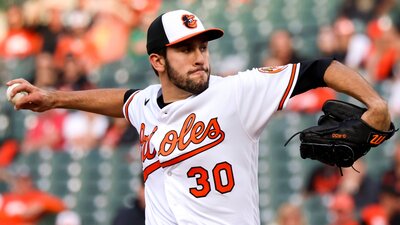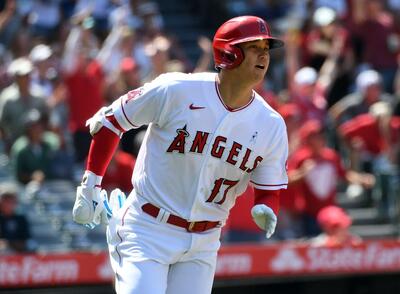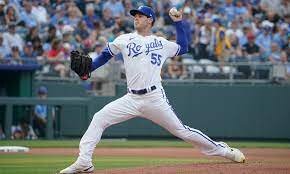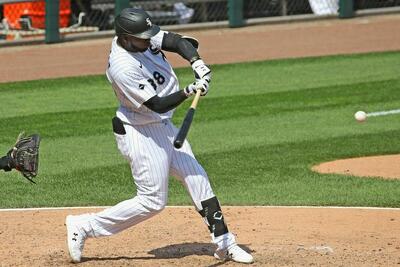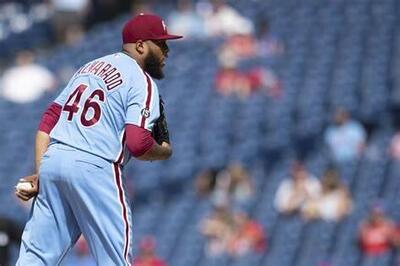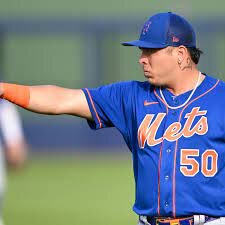Homeruns are to flyballs as cake is to flour, unless, of course, you're a starting pitcher. In that case, homeruns are to flyballs as burnt toast is to flour. Home runs ruin ERAs, fantasy teams and even careers. For years, we avoided "flyball" pitchers because their "blow-up" risk seemed greater than pitchers who keep the ball on the ground. While it's true that flyball pitchers are naturally more at risk for giving up more home runs, there's another metric that can help us better assess a pitcher's likelihood of giving up the longball - homerun-to-flyball (HR/FB) ratio.
HR/FB ratio = (Total Home Runs Allowed / Fly Balls Allowed) * 1000
Over the last three seasons, the league average HR/FB rate has hovered between 13%-14%, which means that for every 100 flyballs given up by a pitcher, 13 will go for a homerun. Like any metric, however, there's no formula that can predict consistent results every single time, and while the aggregate number is relatively consistent year-to-year, individual HR/FB ratios can vary widely. One of the primary reasons for this variance is sample size. For example, if we look at a pitcher who falls near the middle ground of batted ball distribution with a 36% flyball rate, Rick Porcello only gave up 196 fly balls last season. Of those, 27 happened to leave the field for a homerun, so his HR/FB rate was 13.8%. For demonstration purposes, let's say he happened to give up 10% fewer flyballs while allowing the same number of homeruns. The 10% decrease in flyball rate would have ended up resulting in a HR/FB rate of 15.3%. The danger of analyzing HR/FB rate due to sample size only grows as we try to shorten the splits we use to analyze.
While normal variance is inherent among all pitchers, some players have more control over their rates than others and each pitcher's batted ball profile allowed can drive significant changes. A pitcher like Marco Estrada, who gives up flyballs more than half the time, won't see nearly the impact in his HR/FB rate after a single home run than a pitcher like Dallas Keuchel who only allows flyballs 24% of the time. Further, context and environment makes a big difference, as well. A pitcher in Coors Field will almost always post HR/FB rates significantly higher than one in San Francisco thanks to higher altitude in the former, which gives less resistance to fly balls and allows them to travel further.
Applying HR/FB:
We often go out of our way to exclude statistics like HR/FB rate that include noise (i.e. xFIP removes HR/FB rate impact in FIP), but HR/FB can be a nice tool for us to use as we project players for the upcoming season. This is because it can help legitimize or delegitimize a pitcher's homerun rates, which in turn impacts his ratios like ERA and WHIP. Like BABIP, HR/FB rate is a metric that's best compared back to each individual's career average. Typically, if we see a HR/FB in a specific season materially higher than the player's baseline, we can generally expect that number to regress and vice versa.
Let's take a look at the pitchers who posted HR/FB rates in 2018 significantly different from their career numbers. Keep in mind, the differences hightlighted in green below indicate pitchers who may have been unlucky in 2018 (assuming no other changes), while the red could indicate the opposite and a slight pullback in performance in 2019 could be expected.
Be sure to tune in to our show on SiriusXMFantasy radio on XM87/Sirius210 on Saturday March 23rd as myself and Lou Blasi break down this list and full analyze the players. You can also check it out on-demand via the app!

